“I’m sorry that…”
“I have some bad news…”
“You might want to sit down…”
These are phrases we dread both as clinicians, patients and family members. You always imagine that when these words are spoken everything else is lost from what your are being told, but did you know that sometimes the opposite is true? Together lets look at the structure of bad news and how it can be delivered.
Before we start let’s quantify `bad news`. Whilst bad news can often take many forms, the main scope of this article relates to news of a medical nature, be that a physical or mental health concern, a diagnosis, a prognosis or the communication to the patient’s family of a death. All these events have, if done incorrectly the change to cause psychological harm if communicated incorrectly (Kumar & Sarkhel, 2023; Maguire, 1998; Millenson, 2002).
Despite the very obvious effects of poorly delivered information on the patient and their relatives, it also presents a very significant impact on clinicians. Many clinicians feel very anxious and unsure about how to hold these conversations. (Kumar & Sarkhel, 2023; Wein, 2023; Singh, 2022)
Today I will quickly talk you through the SPIKES which is used to create a clear and concise structure to build the interaction on (M., Mahendiran et al., 2023; Michelle, L., Olson, 2022; Bahram, Naderi et al., 2022; Parul, Ichhpujani et al., 2021). SPIKES stands for:
Setting, Perception, Invitation, Knowledge, Emotions and Strategy.
| Setting | This involves the mental rehearsal of the facts/conversation as well as sorting out the physical space. Its important to be in a space place and to be in a private place. Your safety is also important and you ensure that the area is easy to leave if you need to. |
| Perception | Simply asking the person what their perception of the events is. This helps to establish a baseline of information that the person has and helps you to tailor your approach further. |
| Invitation | This is you asking the person what they would like to know. Some people will want to know very little information, just a broad overview. Others will want every detail down to the minutia. This is a really important step. |
| Knowledge | The is the bulk of the conversation. This is where you provide the person with the information. Make sure to do this piece by piece. |
| Emotions | Addressing the person’s emotional reaction. Ensure to acknowledge the emotions and allow them time to express them. |
| Strategy | What comes next? What’s the plan? When’s the next meeting? |
The above will give you some information and structure to start thinking about how to approach such subjects.
There are some other things that can be helpful in these, and indeed many other instances. For example, using clear language and avoiding usage of euphemism (they’ve left or they’ve gone to a better place) ensures that communication is clear unambiguous. How you use your body language can either reinforce your words or undermine them. It is often important, where possible, to ensure that communication is carried out by the same person each time, this continuity will help ensure that the appropriate rapport is generated with the person. Remember that everyone responds differently to bad news including you!
Whenever you are having to communicate something like this remember to take a breath and be mindful of what and how you say it. You’ve got this!!
Written by Chris Geraghty – Clinical Quality Manager
References:
Bahram, Naderi, Nabi., Zahra, Rafiei, Sorouri., Ali, Pourramzani., Seyyed, Hossein, Mirpour., Gelareh, Biazar., Zahra, Atrkarroushan., M., Mortazavi., Mohadeseh, Ahmadi. (2022). Physicians’ Skills in Breaking Bad News to Patients With Cancer Using SPIKES Protocol. Caspian journal of neurological sciences, doi: 10.32598/cjns.4.31.96.5
Kumar, V., & Sarkhel, S.. (2023). Clinical Practice Guidelines on Breaking Bad News. Indian Journal of Psychiatry, doi: 10.4103/indianjpsychiatry.indianjpsychiatry_498_22
Kumar, V., & Sarkhel, S.. (2023). Evaluating the Effectiveness of the SPIKES Model to Break Bad News – A Systematic Review. American Journal of Hospice and Palliative Medicine, doi: 10.1177/10499091221146296
Maguire, P.. (1998). Breaking bad news. 24(3). https://doi.org/10.1016/S0748-7983(98)92929-8
Mahendiran, M., Herman, Yeung., Samantha, Rossi., Houman, Khosravani., Giulia-Anna, Perri. (2023). Evaluating the Effectiveness of the SPIKES Model to Break Bad News – A Systematic Review. American Journal of Hospice and Palliative Medicine, doi: 10.1177/10499091221146296
Millenson, M. L.. (2002). Breaking bad news. 11(3). https://doi.org/10.1136/QHC.11.3.206
Olson, M. L. (2022). Breaking Bad News: Integrating the Spikes Model into Medical School Curriculum. South Dakota Journal of Medicine.
Parul, Ichhpujani., Gagan, Kalra., Ekta, Singla., Suresh, Kumar. (2021). Breaking bad news about glaucoma: a SPIKES strategy primer. International Ophthalmology, doi: 10.1007/S10792-021-01956-1
Singh, V. (2022). Giving Bad News. The International Encyclopedia of Health Communication, doi: 10.1002/9781119678816.iehc0553
Wein, S. (2023). Magic and the fear of telling bad news. Palliative & Supportive Care, doi: 10.1017/S1478951523000603












